- What are National Marine Sanctuaries?
- Sanctuary Benefits
- The 15 Sanctuaries
- Sanctuary Nomination Process
- What You Can Do
The sanctuaries, which are designated and protected by the National Oceanic and Atmospheric Administration (NOAA), are areas of limited commercial and recreational activities that hold a variety of values to the local communities. The program aims to preserve areas of extraordinary beauty, biodiversity, and economic or historic value for generations to come.
Now, for the first time in two decades, NOAA is opening the door for communities to nominate their own special places to become National Marine Sanctuaries. Essentially, a community can submit a nomination for a sanctuary area to NOAA, who then reviews, considers, and potentially accepts the nomination. This proposition has received widespread support from the public, and could pave the way for a new era of ocean conservation.
- Olympic Coast, Washington
- Cordell Bank, California
- Gulf of the Farallones, California
- Monterey Bay, California
- Papahanaumokuakea, Hawaii
- Hawaiian Islands Humpback Whale, Hawaii
- Channel Islands, California
- American Samoa, South Pacific
- Thunder Bay, Lake Huron
- Stellwagen Bank, Massachusetts
- Monitor, North Carolina
- Gray’s Reef, Georgia
- Florida Keys, Florida
- Flower Garden Banks, Gulf of Mexico Near Texas
- Lake Ontario, New York
NOAA has recently invited communities to nominate their own special places to become National Marine Sanctuaries. Essentially, a community can submit a nomination for a marine or Great Lakes area to NOAA, who then reviews, considers, and potentially accepts the nomination. This proposition has received widespread support from the public, and could pave the way for a new era of ocean conservation. Nominating an area is most effective if the area meets the following requirements:
Has natural resources or habitat with special ecological significance Has maritime heritage resources with special historical, cultural, and/or archaeological significance Has important economic uses like tourism, fishing, diving, and other recreational activities All of these things depend on conservation and management of the resources Has widespread community support To learn more or begin the process of nominating an area, visit http://www.nominate.noaa.gov
Support and endorse the sanctuaries throughout the US, and help ensure that other important areas are protected in the future.
- Bring together a community by nominating a treasured area for its historical significance, recreational popularity, or wildlife and marine habitat. Work toward connecting sanctuaries to provide corridors for migrational species.
- Make it a life goal to visit one—or all—of the sanctuaries. Get to know them and support the ecologic and economic vitality they provide.
- Write letters and E-mails to your local and national legislators to let them know they represent an electorate that values these sanctuaries and holds lawmakers accountable for their choices to support them.
- Spread the word. Write letters to the editor at a local publication; share experiences through social media, and remind others that thriving marine sanctuaries are part of our national heritage.
- Volunteer in the sanctuaries and have the experience of a lifetime seeing first-hand what goes into protecting these areas: education and outreach, scientific research, management, and more. Visit http://sanctuaries.noaa.gov/involved/volunteer_future.html for more information.
